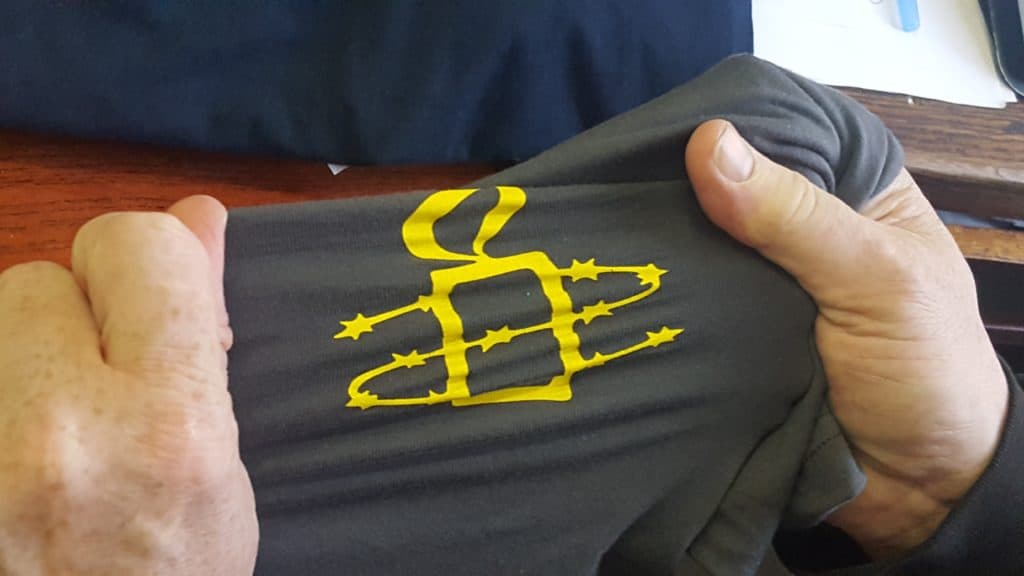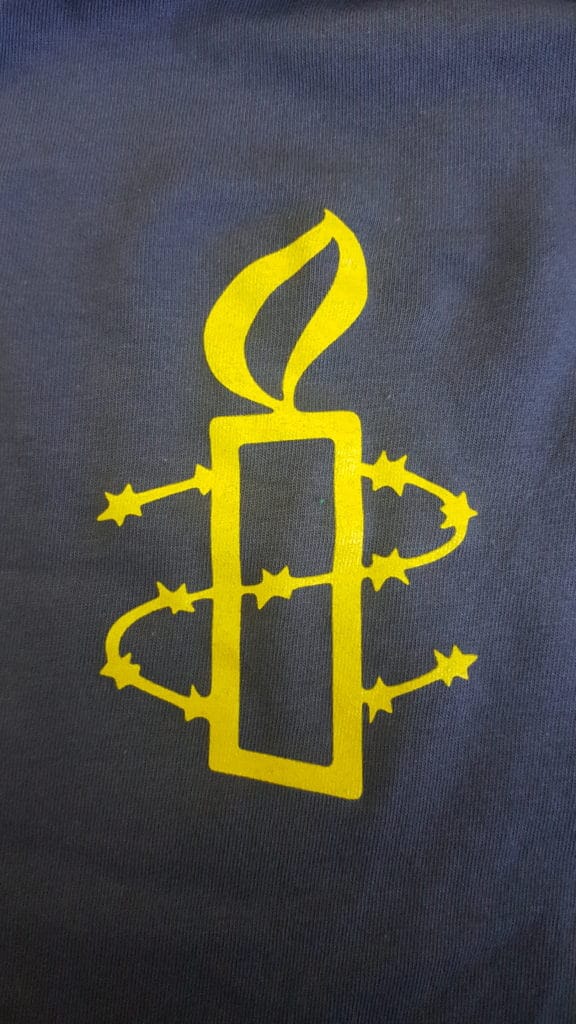We have received a few requests to examine shirts lately where the ink cracked. I also have seen numerous posts on Facebook that ask, “did I overcure the ink?” Wishful thinking is usually involved in that last question. It is technically possible to overcure ink, but I have actually never seen it myself in over thirty years of slinging ink. Usually you will get scorching or other issues before reaching the point of overly curing ink. Here goes again, as we think this info should get out there and we did some slight editing as well from the last time it was posted.
as Jonathan Richman says, “She cracked, I’m sad…”
WHAT CAUSES INK TO CRACK?
Primarily the cause of the ink cracking is from the ink not curing. Ink that is not cured will crack when you pull at the shirt (after it has cooled down) or will crack when washed.
Reasons it might not be cured:
- Dryer temperature too low.
- Uneven temperature in the dryer, maybe some air flow restricted or some heating elements beginning to fail.
- Dryer belt speed too fast.
- Dryer chamber is too short.
- Dryer electric heating elements are too high off the belt (heat not really getting to the ink.)
- Dryer electric heating elements too low (might cause scorching if the shirt is too long under the heat, and can also cause overcuring and more inconsistent curing when heating element kicks off and on.)
- Poor air flow in the Dryer.
- Moisture in the shirt: What happens is that the moisture in the shirt evaporates and in the process it will cool the shirt. This is one of the most common reasons that ink does not cure. It is a difficult thing to realize because you cannot see or feel the moisture in the garment, and no shop I have ever seen has instruments which can measure this. It is very common with shirts that come through rainy weather in trucks, sit in damp warehouses, or are garment dyed (which can leave moisture in the shirt.) Thicker shirts and particularly canvas is more likely to have absorbed moisture. Moisture problems are also made worse by dryers with poor air flow.
- Shirts that enter the dryer at a low temperature. You might have been printing shirts on Friday that are at a room temperature of 80 degrees in your shop at the end of the day and they might be curing well at with your dryer settings. Then, after a damp cold weekend in Maine on Monday morning the shirts might have absorbed moisture and they might be 39 degrees. So then they are both having moisture and are entering the dryer at 40 degrees or lower of a temperature than the previous Friday. The ink then has to go from 40 degrees to 320 in the dryer instead of 100 to 320 in the dryer.
- Too much modification of the ink. Too much non-curable reducer, extra pigments, etc can change the cure temperature or even make the ink so it won’t ever cure all the way.
- Shirt color or type of fabric: not usually a problem, but shirts that reflect or absorb heat particularly in short electric dryers can affect the cure of the ink.
- Ink color: particularly metallics or reflective inks can also deflect heat and make curing take longer, again particularly with electric dryers.
- Ink film which is thick. The ink has to cure all the way through, not just on the top. (and…By the way, three thin coats of ink generally can be made thinner in the end than one or two coats can be printed.)
Secondarily (and rarely) inks can crack if the shirts are too stretchy or have a low stitch density.
Some inks are more elastic than others and can deal with the stretch: try a diffent ink after consulting with your ink supplier. You can add things to increase stretch, for example Rutland makes “spandisol” which can be added to standard plastisol to make it stretch more.
Other solutions:
You can always use silicone inks which are extremely stretchy.
You can sometimes use certain water-based inks which will coat the shirt fibers rather than sit in a film on the surface of the shirt.
Ink Can Crack if Overcured
- Not nearly as common as undercuring, plastisol can be overheated and overcured. This will make the ink film brittle and it will crack when you pull on the shirt or when washed. This almost never happens except in the imaginations of people with short dryers. This is one of the last causes you should ever suspect.
General Advice to Cure Properly
Cure is a function of time and temperature. Always better for more time in the oven than to turn up the temperature. You can try stretching for a test, but the best test is to monitor your settings and use your washing machine to test.




Very informative